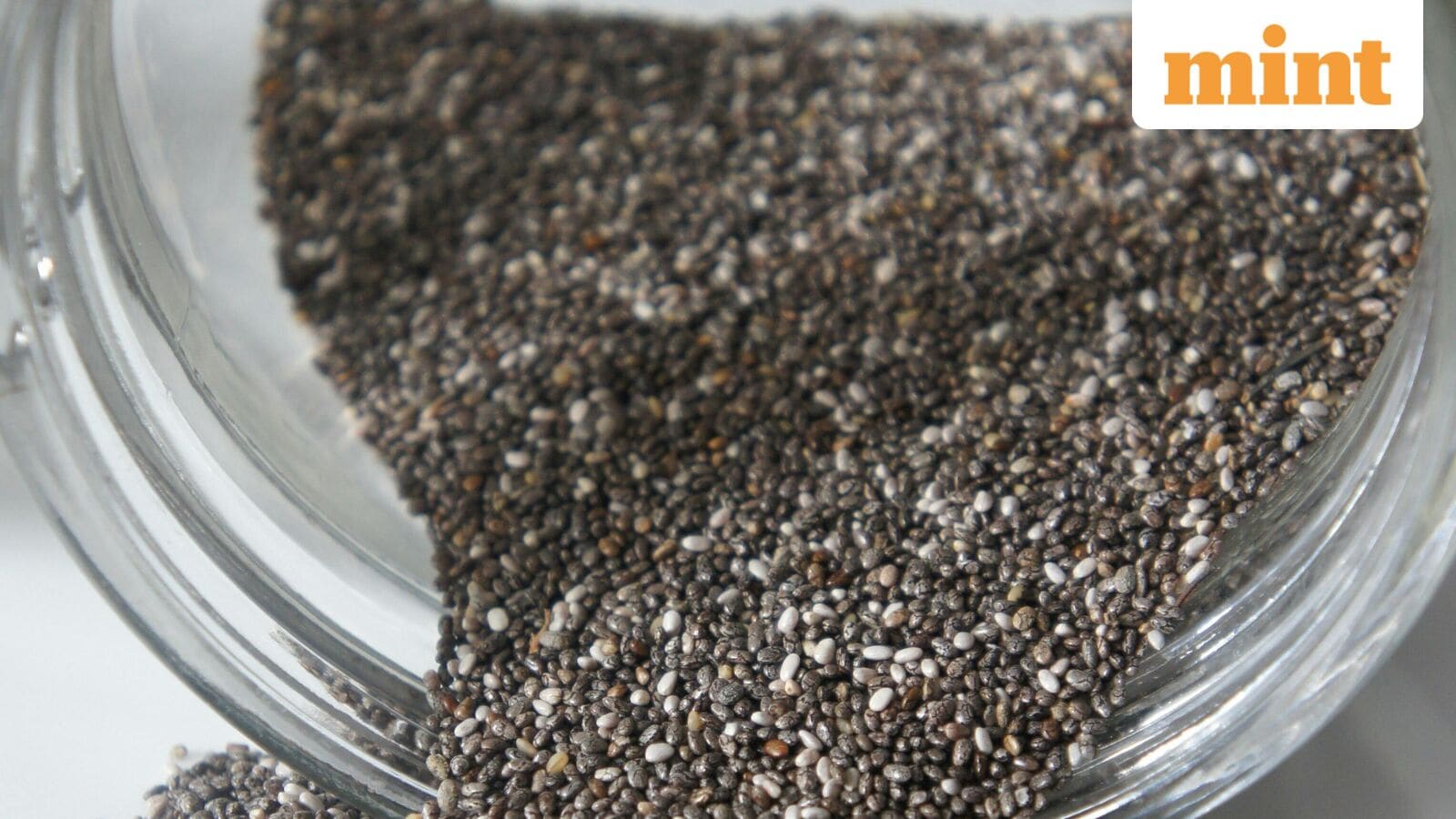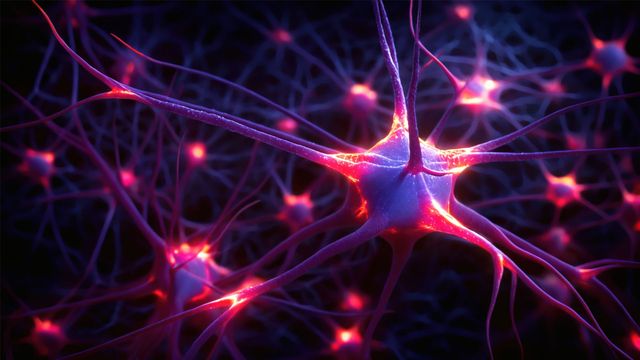Dr. Mark Harper recalls his first cold-water swim in the south of England 20 years ago. It was August, but the initial jolt from the plunge took his breath away.
The shock to his system lasted a minute or two until he was “recombobulated and…

Dr. Mark Harper recalls his first cold-water swim in the south of England 20 years ago. It was August, but the initial jolt from the plunge took his breath away.
The shock to his system lasted a minute or two until he was “recombobulated and…

VANCOUVER, Canada — “We do this because we don’t want any child to go through what we did,” said Bello Dikko, the Chair of the Polio Survivors Association in Sokoto State. For him, the battle was personal. Locals like Dikko…

SAN FRANCISCO, Oct. 9, 2025 /PRNewswire/ — Allelica, the global leader in clinical polygenic risk score (PRS) testing, today announced the launch of AbsoluteDx, a comprehensive,…

A scheme which allows patients to self-refer for a lung cancer X-ray is being extended after a successful trial.
Somerset NHS Foundation Trust said the service has been rolled out in the south of the county after being trialled in Bridgwater.
Continue Reading

Chia seeds have become a staple in health-conscious diets worldwide, and now an AIIMS-trained gastroenterologist has explained why. In a recent video, Dr Saurabh Sethi, who has also trained at Harvard and Stanford Universities, broke down the…

Air pollution could make people more prone to obesity and diabetes, according to a new international study led by scientists at the University of Zurich (UZH) and Case Western Reserve University.
The…
A study published in the Journal of Physiology looks at the health of the offspring of rats exposed to…

A preclinical study by biomedical scientists at the University of California, Riverside, has shown why some people with multiple sclerosis, or MS, also suffer from seizures — a debilitating complication that can worsen cognitive outcomes…